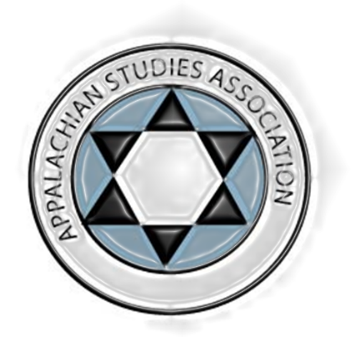Participation Type
Roundtable
Session Title
Session 8.17 Urban Appalachians
Session Abstract or Summary
A discussion on the cultural significance of bluegrass in the context of Appalachian Diaspora; particularly in the Dayton/Cincinnati region.
For the purposes of the panel/discussion, research will be conducted to examine regularly scheduled bluegrass jam sessions in the Dayton region in their present manifestation to better understand their significance to the Urban Appalachian community. The study will explore; Who comes? How do they start? How are they managed? How are they communicated? What psychological, cultural, family or other functions do they serve? What proportion of the participants are culturally Appalachian, and how recent are their connections to Appalachia proper? Are non-Appalachians welcome? What is the age, gender, and economic stratification of participants? What are observable differences between musicians and non-musicians attending? What are the connections, if any, to the professional bluegrass industry? What does the repertoire suggest about the interests, beliefs, and longings of the participants? Etc., etc. In understanding the role these jam sessions play in Urban Appalachian communities and whether they play any role in integrating communities, we’ll gain a better understanding of the current state of Bluegrass Diaspora in juxtaposition to its historical significance. Currently, the panel will also include Fred Bartenstein, Curt Ellison, and possibly others to provide valuable knowledge and insight into where we’ve been to get to where we are.
Bluegrass in Diaspora: The role of music community in Urban Appalachian communities
Presentation #1 Abstract or Summary
A study on the cultural significance of bluegrass jam sessions and their role in the Urban Appalachian community of the Dayton region. For the purposes of the panel/discussion, research will be conducted to examine regularly scheduled bluegrass jam sessions in the Dayton region in their present manifestation to better understand their significance to the Urban Appalachian community. The study will explore; Who comes? How do they start? How are they managed? How are they communicated? What psychological, cultural, family or other functions do they serve? What proportion of the participants are culturally Appalachian, and how recent are their connections to Appalachia proper? Are non-Appalachians welcome? What is the age, gender, and economic stratification of participants? What are observable differences between musicians and non-musicians attending? What are the connections, if any, to the professional bluegrass industry? What does the repertoire suggest about the interests, beliefs, and longings of the participants? Etc., etc. In understanding the role these jam sessions play in Urban Appalachian communities and whether they play any role in integrating communities, we’ll gain a better understanding of the current state of Bluegrass Diaspora in juxtaposition to its historical significance.
At-A-Glance Bio- Presenter #1
An fourth-year Undergrad Sociology Major at Wittenberg University originally from Ritchie County, West Virginia.
At-A-Glance Bio- Presenter #2
NA
At-A-Glance Bio- Presenter #3
NA
Bluegrass in Diaspora: The role of music community in Urban Appalachian communities
A study on the cultural significance of bluegrass jam sessions and their role in the Urban Appalachian community of the Dayton region. For the purposes of the panel/discussion, research will be conducted to examine regularly scheduled bluegrass jam sessions in the Dayton region in their present manifestation to better understand their significance to the Urban Appalachian community. The study will explore; Who comes? How do they start? How are they managed? How are they communicated? What psychological, cultural, family or other functions do they serve? What proportion of the participants are culturally Appalachian, and how recent are their connections to Appalachia proper? Are non-Appalachians welcome? What is the age, gender, and economic stratification of participants? What are observable differences between musicians and non-musicians attending? What are the connections, if any, to the professional bluegrass industry? What does the repertoire suggest about the interests, beliefs, and longings of the participants? Etc., etc. In understanding the role these jam sessions play in Urban Appalachian communities and whether they play any role in integrating communities, we’ll gain a better understanding of the current state of Bluegrass Diaspora in juxtaposition to its historical significance.

